Phygital NFTs have been a hot topic this year as more brands begin to blend the digital with the physical. From long-standing IRL traditions entering the metaverse (such as Macy’s Thanksgiving Parade!) to token-gated clothing, we are embracing digital technology more and more. Now, we are combining our physical items and experiences with digital assets, creating the ‘phygital’. As web3 and the NFT space continues to grow, more digital brands are bringing physical aspects to their product.
We have witnessed many examples of phygital NFTs this year. From Damien Hirst’s ‘The Currency’ to Azuki’s Golden Skateboard, there is an increase in physical offerings paired with NFTs. This guide will unpack the meaning of phygital and phygital NFTs, provide examples of phygital NFT offerings, and discuss what the future of phygital technology looks like.

What is the Meaning of Phygital?
The word ‘phygital’ is a marketing term used to describe the blending of physical and digital experiences, with the word itself a combining of the two words ‘physical’ and ‘digital’. Chairman-CEO at Momentum Worldwide, Chris Weil, coined the term in 2007. The term was primarily used to describe the digital experiences that enhance physical experiences for consumer shopping.
What is a Phygital Experience?
The idea of a phygital experience can sound complex, but it is actually something many of us experience every day. To clarify, an example of is a customer ordering an item on their phone (digitally) to pick up in store (physically). Therefore, if you have ever ordered a meal on your phone or through a touch-screen kiosk, used online shopping, or scanned a QR code to find out more information about a product, then you have had a phygital experience.
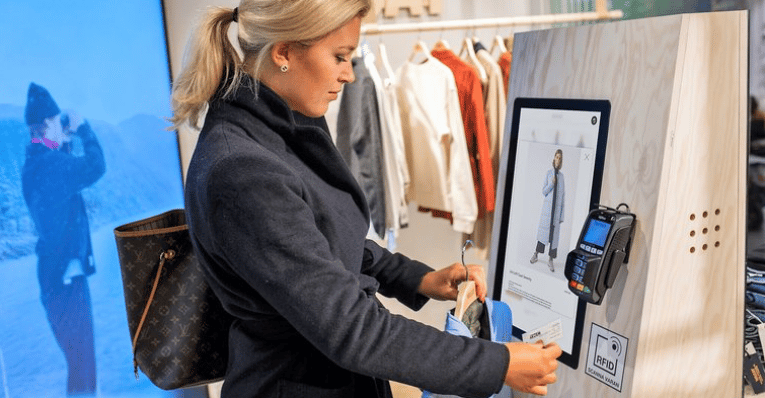
Up to now, phygital experiences have traditionally been created by adding a digital item to an existing physical product. However, with the meteoric growth of NFTs and Digital Assets, many more of us are buying digital products that have no physical component. Now, there is a growing trend of NFT brands bringing a physical aspect to their digital product. Enter the world of phygital NFTs.
What are Phygital NFTs?
Firstly, let’s recap what NFTs are. NFTs, or non-fungible tokens, are digital items that contain identifying information in the smart contract. It is the identifying information that makes each NFT complete unique, and not able to be swapped like-for-like (hence, non-fungible). NFTs have many uses, from a way to prove ownership, to in-game uses, or simply as a way of owning authenticated artwork. So, the key message here, is that NFTs are digital. Therefore, if you own NFT artwork, you own a digital piece of artwork, not physical.
So what are phygital NFTs? Put simply, phygital NFTs are a way for us to combine our physical world with our digital assets. From AR technology to display our NFT artwork IRL, to physical products redeemable via burning our NFTs, there is a whole range of uses for this technology. Phygital NFT is simply a term to cover an experience, product, or service, that is either represented by or linked to an NFT.
Phygital NFT Examples
With so many ways to create a phygital NFT experience there are many examples to choose from. Therefore, we have broken this into different categories to showcase the uses of phygital NFTs.
Food and Beverage
Blockbar offers phygital NFTs with corresponding physical bottles. The company stores the bottles in its warehouse and ensures 100% authenticity until the purchaser of the NFT redeems it for the physical counterpart.
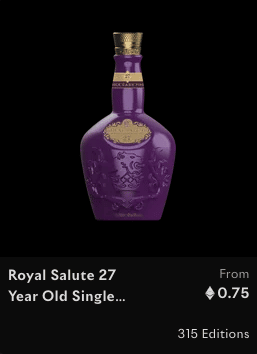
“The Whisky Barrel” , Scotland’s revered online whisky platform, launched a single barrel scotch whisky paired with its own Digital Provenance Certificate (NFT). While applying blockchain technology a single cask of peated Scotch, collectors can mitigate the risk of purchasing counterfeit whisky. Each of the bottles features a QR code tied to its corresponding Digital Provenance Certificate. This token provides digital proof of ownership and the provenance of each bottle.
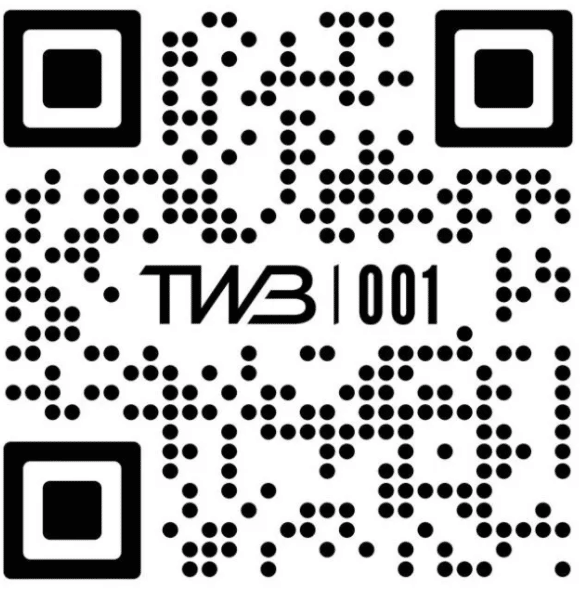
Phygital Fashion
Sotheby’s NY “Art as Jewelry as Art” sale was the first auction to include a phygital ring, by designer Francine Ballard of Metagolden. The buyer of this gold-and-emerald ring owns it in both the physical world and the metaverse. The one-of-one NFT sold during the auction is paired with a physical “Ethereum Expedition” ring.
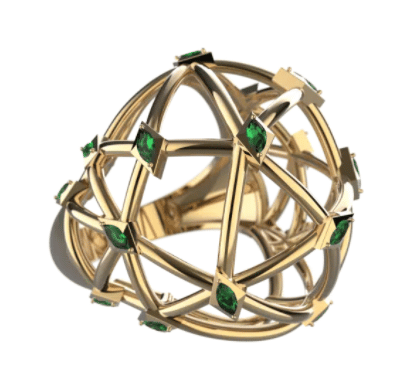
Italian fashion brand Diesel dropped their “phygital” NFT wearable in a collection titled D: Verse. The NFTs allow holders to access the Diesel NFT Community. Thus, they get the possibility to experience first-hand the next Fashion Show thanks to invitations or VIP access. Additionally, holders have limited edition garments and metaverse-ready wearables.
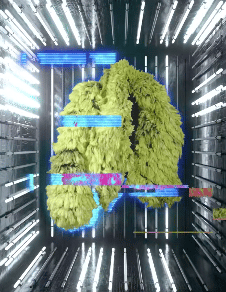
Givenchy, the iconic French fashion company, created a physical capsule collection with accompanying limited edition NFTs in collaboration with streetwear brand (b).STROY. The unique collection included t-shirts, hoodies, jeans, varsity jackets, statement bags, and footwear. Web3 artist collective Felt Zine created unique NFTs to accompany the Givenchy x (b).STROY physical items that represent the items in digital form.
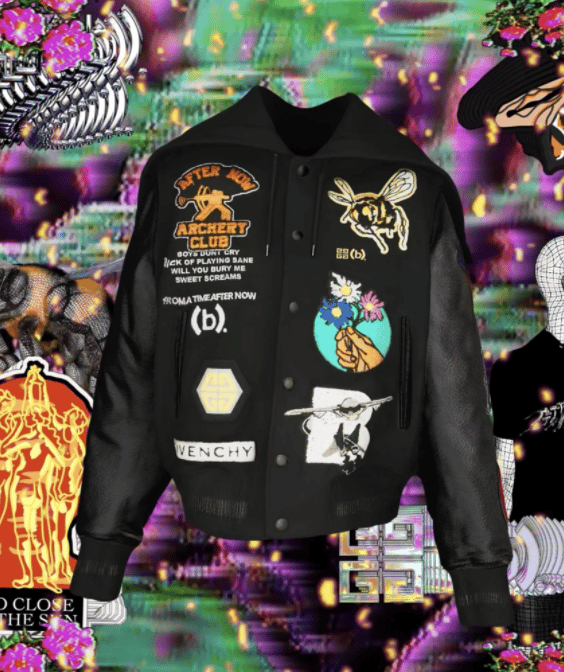
Phygital Artwork
NFT artist FVCKRENDER teamed up with the creative marketplace Avant Arte to release two phygital sculptures. The sculptures – FEEL// and TOUCHED// – are physical artworks with accompanying NFTs.
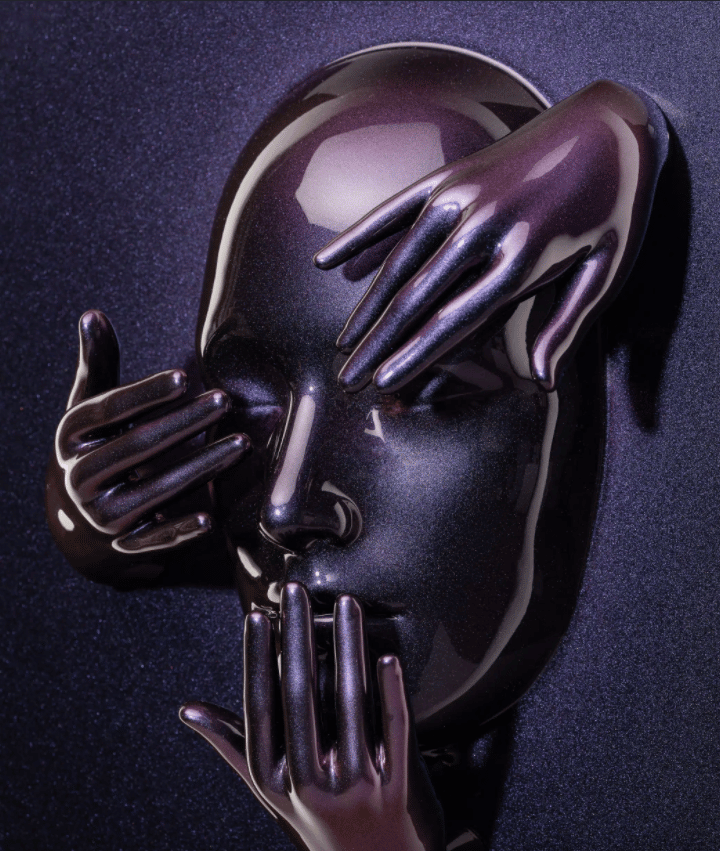
Renowned British creative Damien Hirst minted a 10,000 strong series of non-fungible tokens. The artist put phygital to the test with his famous ‘spot paintings’, stored in a secure vault. To begin with, buyers received the NFT version of their purchase. Then, they had to decide which they valued more – the NFT or the physical. Whichever the buyer chose to keep, the other was burned. This experiment – known as ‘The Currency’ – lasted 365 days. Surprisingly, of the 10 thousand NFTs, 4,851, almost half of the holders decided to keep their NFTs. 5,149 NFT holders traded their Damien Hirst NFT for a piece of physical Damien Hirst artwork.
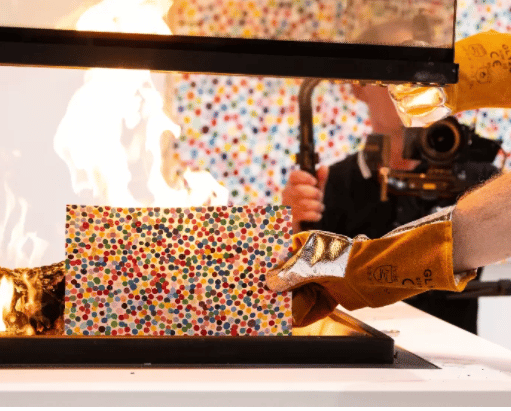
PBT Technology
PBT, or physically-backed-token, is slightly different to phygital. Compared to typical phygital offerings, the key difference here is that the former usually separates the physical and digital items after minting. With PBT, users can own physical assets to unlock digital benefits and experiences.
Blue-chip project Azuki introduced the PBT. Their limited-edition 24K Golden Skateboard NFTs were Azuki’s first PBT implementation. The skateboards went up for auction on October 21st, 2022. Each board is fully functional and depicts an exquisitely detailed golden dragon – along with one of nine unique emblems from the Azuki universe. Azuki has embedded each skateboard with a PBT-based BEAN Chip, a cryptographic chip that connects the physical item to its digital token. Furthermore, all holders received an exclusive Dragon banner display in their collector’s profile. In addition, the holders also became a permanent part of the Azuki mythology as they will be enshrined in the Ruins world drop. The auction winners can redeem and burn their NFT to receive the physical skateboards.
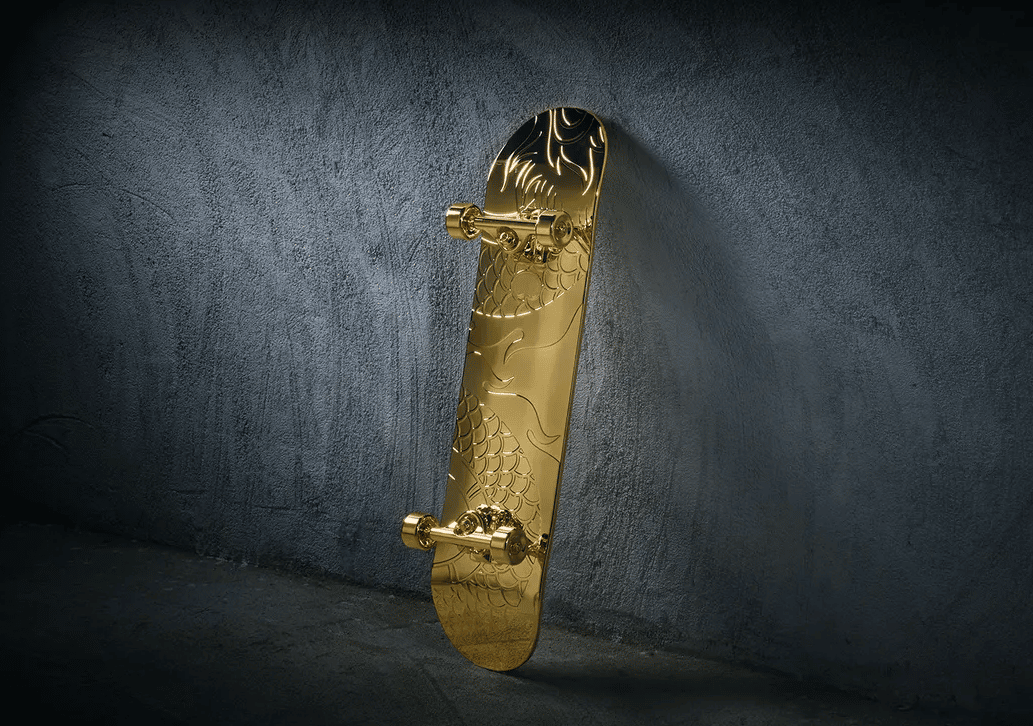
The Future of Physical and Digital NFT Technology
The interaction of our digital and physical worlds continues to grow, and phygital NFT uses grow with it. We can expect to see phygital technology growing due to the unmatchable benefits it offers. For example, one of the main arguments for NFTs is their authenticity. Whilst we can copy and counterfeit physical items, digital assets are authenticated on the blockchain. It is this that drives their scarcity and value. With phygital NFT tech, we can apply this scarcity to real-world objects. Imagine purchasing an antique and having a complete NFT ledger of every previous owner, along with the exact dates and prices that it was bought and sold. NFTs can build trust between buyers and collectors of scarce goods due to the tamper-proof smart contracts.
Finally, phygital NFTs exist to enhance our IRL experiences. For example, NFT ticketing provides exclusive access to IRL events. Further, token-gated clothing showcases that you are part of a certain digital community. So, whether you are looking to flex your digital assets in a physical way or authenticate your physical product on the blockchain, phygital NFTs are the answer. As the adoption of NFTs as a legitimate form of business grows, so will the want for phygital NFTs.
All investment/financial opinions expressed by NFTevening.com are not recommendations.
This article is educational material.
As always, make your own research prior to making any kind of investment.
Read More: nftevening.com





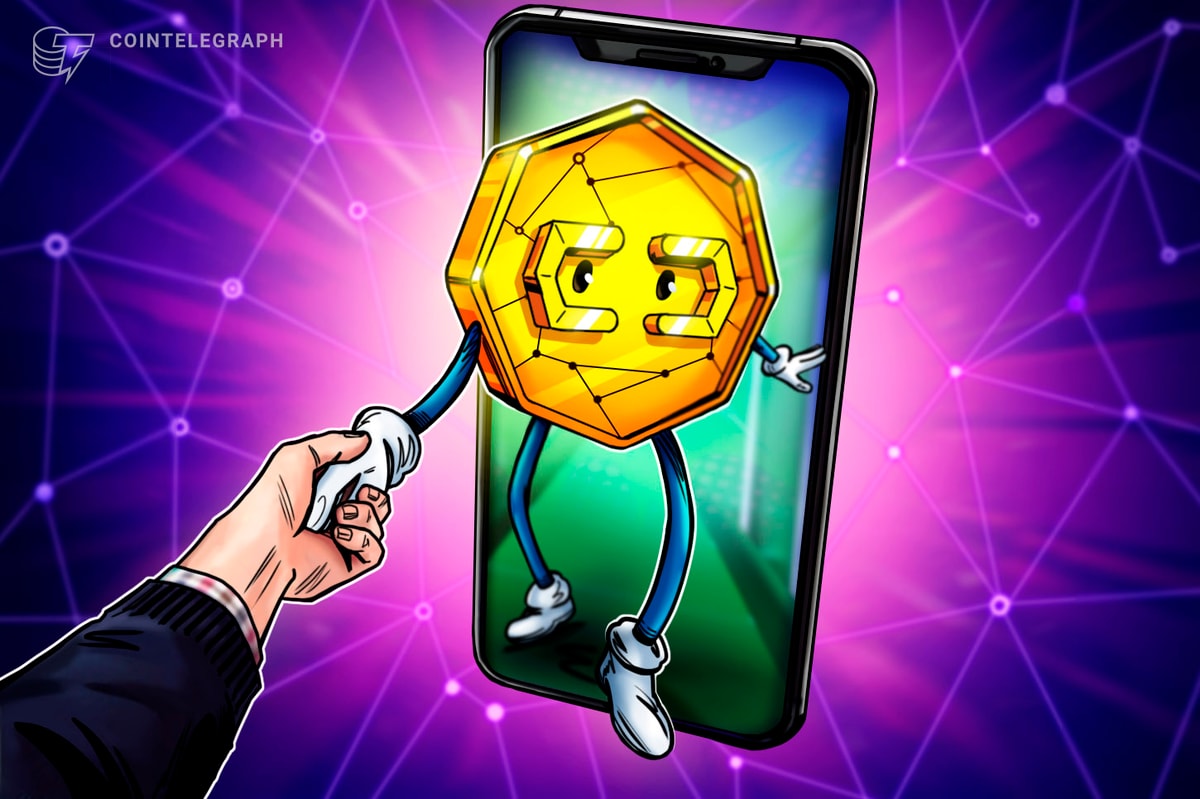




 Bitcoin
Bitcoin  Ethereum
Ethereum  Tether
Tether  XRP
XRP  Solana
Solana  USDC
USDC  Dogecoin
Dogecoin  Cardano
Cardano  TRON
TRON  Lido Staked Ether
Lido Staked Ether  Wrapped Bitcoin
Wrapped Bitcoin  Sui
Sui  Chainlink
Chainlink  Avalanche
Avalanche  LEO Token
LEO Token  Stellar
Stellar  Shiba Inu
Shiba Inu  Toncoin
Toncoin  Hedera
Hedera  Wrapped stETH
Wrapped stETH  USDS
USDS  Bitcoin Cash
Bitcoin Cash  Litecoin
Litecoin  Polkadot
Polkadot  Hyperliquid
Hyperliquid  Bitget Token
Bitget Token  Binance Bridged USDT (BNB Smart Chain)
Binance Bridged USDT (BNB Smart Chain)  WETH
WETH  Ethena USDe
Ethena USDe  Pi Network
Pi Network  Monero
Monero  WhiteBIT Coin
WhiteBIT Coin  Wrapped eETH
Wrapped eETH  Pepe
Pepe  Coinbase Wrapped BTC
Coinbase Wrapped BTC  Uniswap
Uniswap  Aptos
Aptos  Dai
Dai  OKB
OKB  NEAR Protocol
NEAR Protocol  Bittensor
Bittensor  Ondo
Ondo  Gate
Gate  Internet Computer
Internet Computer  Official Trump
Official Trump  Tokenize Xchange
Tokenize Xchange  Ethereum Classic
Ethereum Classic  Aave
Aave  sUSDS
sUSDS